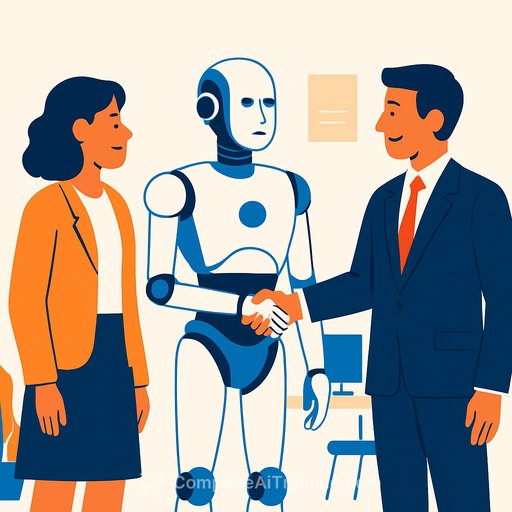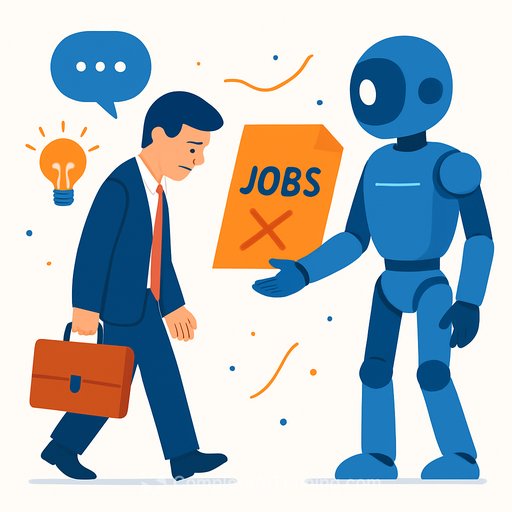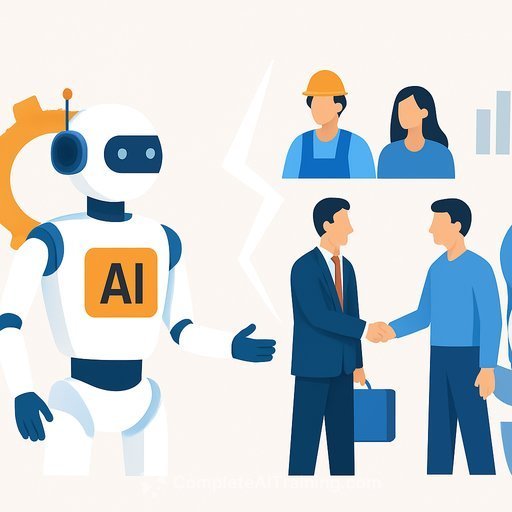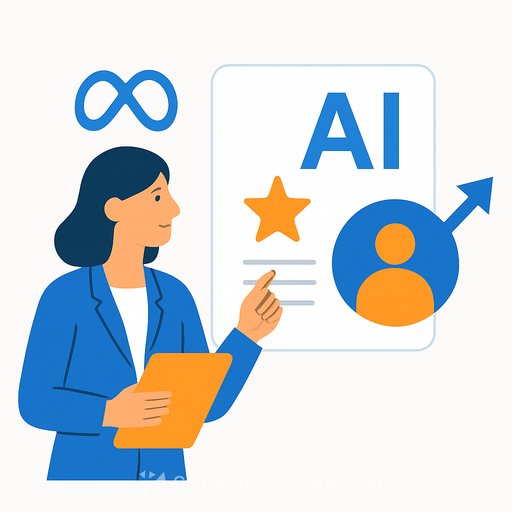AI Robots in the Workplace: Preparing for Humanoid Colleagues
Working alongside humanoid robots is becoming a practical reality. Advances in AI-enabled robotics are beginning to reshape how businesses operate and how work is organized. For HR professionals, this means rethinking job roles, workforce management, and training programs to integrate both people and machines effectively.
Humanoid robots combine physical dexterity, mobility, and AI-driven intelligence to perform tasks in environments designed for humans. These machines can augment human workers by taking on repetitive, physically demanding, or routine chores, allowing people to focus on more complex and creative work.
Key AI-Enabled Robotic Devices in the Workplace
- Humanoid robots: Built to resemble human anatomy, these robots handle tasks like picking, packing, and transporting goods, especially in warehouses.
- Autonomous mobile robots (AMRs): These move independently within dynamic spaces, useful in hospitals, warehouses, and retail for transporting supplies or interacting with customers.
- Quadruped robots: Four-legged machines that navigate tough terrain, often employed in logistics and security.
- Intelligent robotic arms: Robots with dexterity similar to a human arm, capable of precise manipulation and adaptable deployment.
- Drones: Used for inspection, monitoring, delivery, and mapping across various environments.
Industries like warehousing, manufacturing, and healthcare are already using these devices to address labor shortages, improve efficiency, and enhance safety in challenging conditions.
Reimagining Work for Human and Robot Collaboration
The arrival of humanoid robots calls for a redesign of workflows and job descriptions. HR leaders should work closely with IT and operations teams to redefine roles so that humans and robots complement each other.
Some practical steps include:
- Redefining jobs and tasks to allocate routine work to robots and higher-value activities to humans.
- Developing training programs to reskill employees for roles involving oversight, teleoperation, and maintenance of AI systems.
- Establishing performance metrics that reflect collaboration between human workers and machines.
- Leading change management to ease employee concerns about new workflows and job changes.
Collaboration Between CIOs and CHROs
Successful integration of humanoid robots requires CIOs and CHROs to partner closely. CIOs must ensure IT infrastructure supports robotic deployment, focusing on cybersecurity, data management, and interoperability. Meanwhile, CHROs should drive workforce transformation by redesigning roles and leading employee training and adaptation.
Together, they can map out which tasks suit current robotic capabilities and which require uniquely human skills such as creativity, empathy, and complex problem-solving. This alignment helps maximize productivity and employee engagement.
Steps to Prepare Your Organisation
- Assess Organisational Readiness: Review your technology stack and workforce capabilities to identify gaps in infrastructure, security, and skills.
- Foster Cross-Functional Collaboration: Bring together HR, IT, operations, and finance to align technology and workforce strategies.
- Redesign Work and Roles: Shift human roles toward strategic, creative, and interpersonal functions while automating routine tasks.
- Invest in Training: Provide reskilling and upskilling programs focusing on both technical and soft skills required in a robot-augmented workplace.
- Pilot and Iterate: Test humanoid robots in controlled settings, gather feedback, and refine integration strategies.
- Engage Employees: Communicate transparently about changes, involve staff in redesign efforts, and address concerns openly.
- Monitor and Adjust: Track productivity, employee satisfaction, and business outcomes to continuously improve the approach.
Engaging employees early and piloting new workflows ensures smoother adoption and better outcomes. Cross-functional teams can experiment with work models that blend human and robotic strengths, leading to more agile and innovative organisations.
This shift is not just a technology update; it’s a workplace transformation. HR leaders play a crucial role in guiding their organisations through this change, ensuring that humans and AI-enabled robots work side by side to boost productivity and job satisfaction.
For HR professionals interested in expanding their knowledge on AI and automation in the workplace, consider exploring practical courses and certifications available at Complete AI Training.
Your membership also unlocks:






